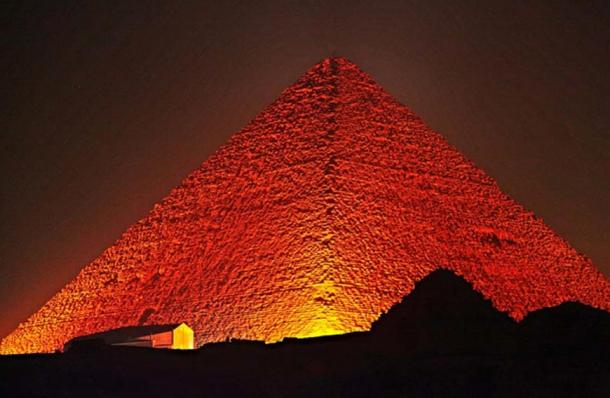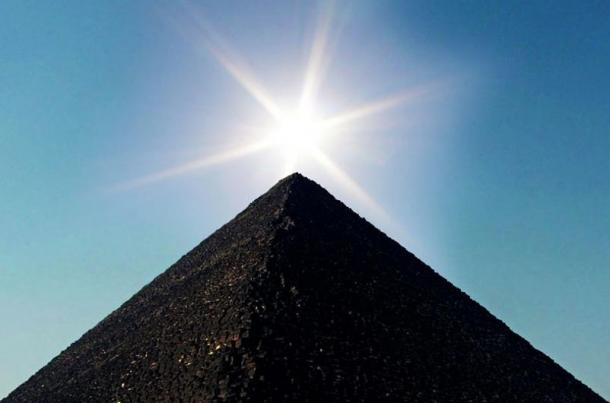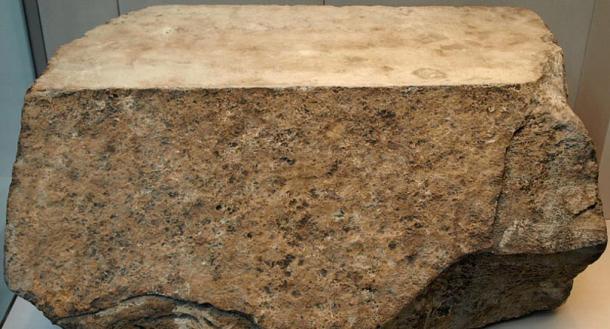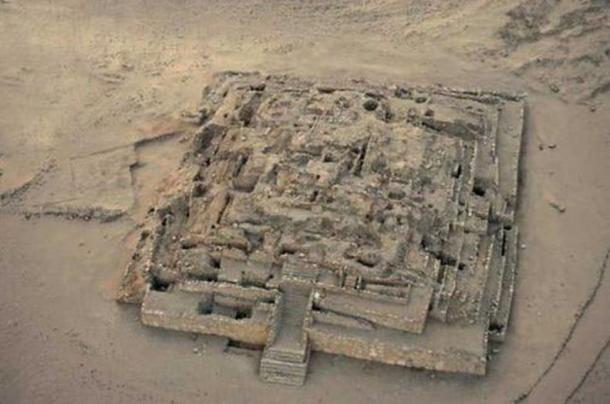- Home
- Premium Memberships
- Lottery Results
- Forums
- Predictions
- Lottery Post Videos
- News
- Search Drawings
- Search Lottery Post
- Lottery Systems
- Lottery Charts
- Lottery Wheels
- Worldwide Jackpots
- Quick Picks
- On This Day in History
- Blogs
- Online Games
- Premium Features
- Contact Us
- Whitelist Lottery Post
- Rules
- Lottery Book Store
- Lottery Post Gift Shop

The time is now 2:33 am
You last visited
May 14, 2024, 2:20 am
All times shown are
Eastern Time (GMT-5:00)

Has the Function of the Great Pyramid of Giza Finally Come to Light?
Published:
bout 150 years after the establishment of Egyptology as an academic field, there still appears to be no agreement between scholars on the function of the Great Pyramid of Giza. Yet several different hypotheses have been proposed. The tomb hypothesis appeared when research began on the pyramid, with a popular belief saying the primary function of the pyramid was to be the final resting place for the second ruler of the 4th dynasty - Khufu.
Other competing theories were proposed as well: the granary, the power house, heaven’s mirror, water pump, and the Orion belt , among others. Reviewing all the main hypotheses with an open mind I came to conclusion that I cannot agree with any of those, so I propose my own. Certain aspects of the hypothesis were already voiced by others but not substantiated enough. I tried to fill the gaps where needed with additional facts and evidence.
It is well known that the Great Pyramid is located at the maximum geographical center of Earth (or close to it). No proposed hypothesis tends to explain why - most tend to ignore this fact or downplay it. If the pyramid is indeed built as a tomb, how did Khufu end up picking the location for the tomb to be at, or close to, the geographical center of Earth? With the pyramid construction estimated at 20 years, is mapping and charting the planet factored into the pyramid construction time?
How long did it take Khufu to survey the planet to determine that location? Similarly, how did the granary or power house end up at the center of Earth and for what reason? All the proposed hypotheses lack an explanation for this important aspect, and beyond any doubt it is critical in understanding the function of the Great Pyramid of Giza .
- Once Hidden in Plain Sight and Surprisingly Ignored: The Great Pyramid of Cholula
- 5 Pyramids of the Ancient World that You May Not Have Heard About

The Great Pyramid of Giza at night. ( CC BY ND 2.0)
The Pyramid as a Source of Light
Light can be created by any system if it can emit charged particles into the ionosphere. The Aurora Borealis is the phenomena caused by the same process in which where electrons created by the sun collide with air molecules to create light. So, what would it take for the Great Pyramid of Giza to create similar light?
First, let’s talk about the construction material used in the Great Pyramid of Giza. If in the ancient past someone decided to build a system to emit electrons and create light, the person would definitely face a dilemma with the choice of construction materials. To accomplish that goal, high conductivity material at high frequency is needed. Copper has excellent conductivity and we know Ancient Egyptians had it in their toolbox, though at high frequency copper would overheat and melt within a few seconds. What other materials could be used?

Great Pyramid of Giza in the rays of the sun. ( CC BY SA 3.0 )
Nummulitic limestone from the Abu Rawash area was analyzed by the National Research Center of Cairo. It was found its conductance improves at higher frequency - to the point where it is exceptional. If the conductivity of a material needs to be about 600 Tera Hz, in addition to structurally strong, there could not be better material than limestone.

One of the original casing stones for the Great Pyramid (circa 2570 BC), most of which were removed during medieval times. This block was found in the rubble surrounding the pyramid. ( CC BY SA 3.0 )
The Great Pyramid is located at the geographical center of Earth , as noticed by Charles Smyth and reported in this book “Our Inheritance in the Great Pyramid” in 1864. The fact that the geographical center of Earth is at the location of the Great Pyramid is startling.
Now, for a structure to emit high frequency radiation (which is really light), it must be surrounded by a large land mass. This is the fundamental requirement for systems emitting electromagnetic radiation , of which any antenna design engineer is aware. If the pyramid needs to emit electromagnetic radiation on a scale of the whole planet, the maximum land mass location is ideal!

Antennas of the Atacama Large Millimeter/submillimeter Array (ALMA), on the Chajnantor Plateau in the Chilean Andes. The Large and Small Magellanic Clouds, two companion galaxies to our own Milky Way galaxy, can be seen as bright smudges in the night sky, in the centre of the photograph. (ESO/C. Malin/ CC BY 4.0 )
The electrons emitted by the pyramid need to reach the ionosphere and there is about a 100-km air gap between the peak of the pyramid and the ionosphere. The earth is a spherical capacitor, which means electrons at high frequency would propagate through the air with little impedance. Also, the ionosphere has negligible impedance, which means electrons can travel along the layer of the ionosphere to the other side of the planet with practically no restriction. However, they need to come back to the base of the pyramid to complete the closed path.
Passing through the ionosphere, the electrons would be colliding with atoms of various gasses, creating air glow similar to Aurora Borealis. The electrons travel back toward Earth from the ionosphere through elevation points of the planet.
It is interesting to note that many ancient cultures across the planet have had pyramid like structures. With the ionosphere saturated with charged particles, building a pyramid would provide a path for electrons to come back to the Earth’s surface - creating intense light glow over the structure. Reaching the surface, the electrons would return to the pyramid base through the mantle of the planet, the impedance of which is also negligible.

Remains of the Great Pyramid of Caral. ( Christopher Kleihege / UNESCO )
As the electrons approach the Giza plateau, they would pass through caves filled with water. The finding of the caves was reported by Andrew Collins and Dr. Hawass. Another process took place there known as electrolysis, causing water molecules to split into hydrogen and oxygen gas. The gas mixture filling the caves caused air pressure build up on the bed rock, creating earth trembling and noise. It is interesting to note that the Pyramid Text has multiple references to quakes and trembles.


Comments
Post a Comment
Please Log In
To use this feature you must be logged into your Lottery Post account.
Not a member yet?
If you don't yet have a Lottery Post account, it's simple and free to create one! Just tap the Register button and after a quick process you'll be part of our lottery community.
Register